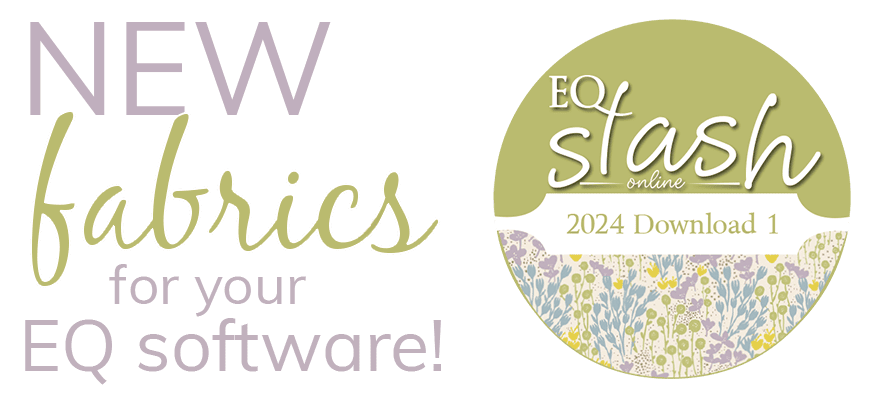The rotary chart printout’s accuracy depends on the block structure, and block size asked for
Example
Imagine your block is based on a 9-patch grid:
- Any block size in multiples of 3 will be exact = finished size + seam allowance.
- There will be no rounding.
- A 3 inch block would call for squares 1 ½”.
- A 6 inch block would call for 2 ½”.
- A 9 inch block would call for 3 ½”.
But what if you ask for a 10″ block?
- There will be lots of rounding up to make a size that is measurable on a ruler.
- It would be more accurate to print the block pattern as TEMPLATES. Templates always print the exact size.
- This template size could often be in between ruler measurements (not an easily measurable size).
- This is no problem because the template IS the pattern in that size – no need to measure anything), that is not the case with Rotary Cutting.
When you specify rotary cutting you are asking for sizes that can be easily measured
So if you asked for a Block Size which creates uneven sizes, such as a 10” 9-patch, EQ7 “rounds up” to make the patch size easily measurable. (The actual size, with seam allowance, would be 3. 833333, which would actually be the Template size.) Since this can’t be easily measured, the rotary cutting formula “rounds up” to 3 7/8”, which is easy to measure, but is not as accurate. That’s the very nature of rotary cutting measuring.




